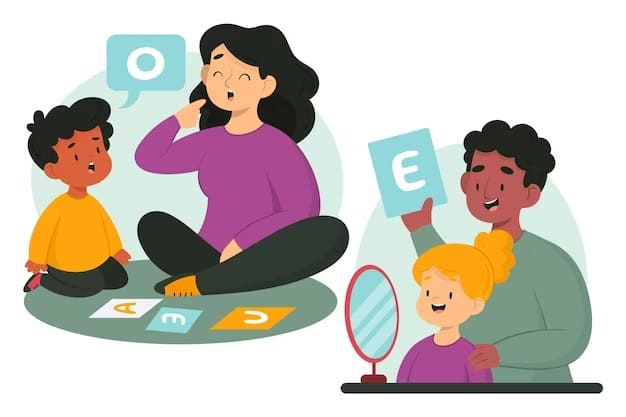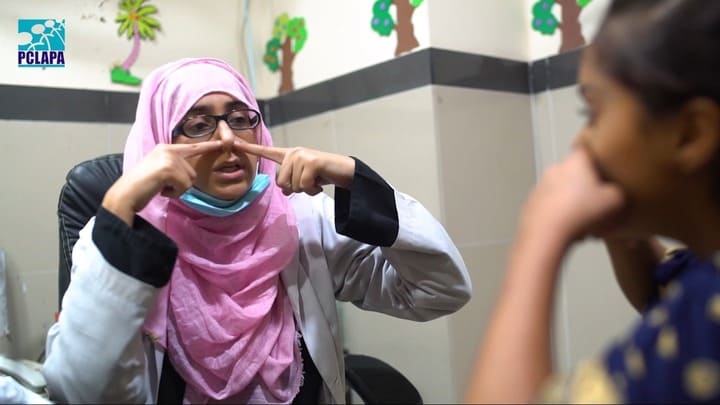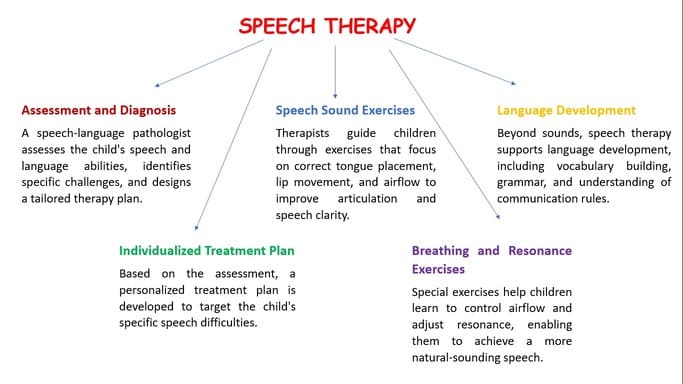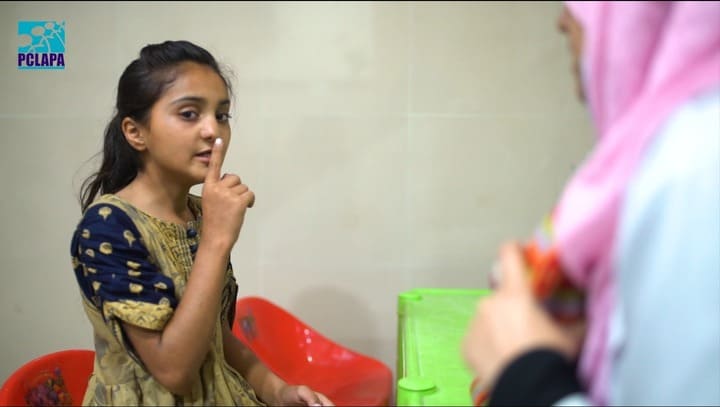Communication is the cornerstone of our lives, a symphony of words that allows us to connect, express, and share. For children born with cleft lips and palates, mastering this symphony can be a unique challenge. Speech therapy plays a vital role in helping these children find their voices and express themselves confidently.

In this blog post, we’ll unravel the basics of speech therapy for cleft children, exploring the magic that turns simple sounds into words and stories.
Understanding cleft palate and speech challenges
A cleft lip or palate creates a physical barrier that affects speech development. It alters the way air and sound move through the mouth and nose, making it difficult for children to produce certain sounds. The severity of speech challenges varies based on the type and extent of the cleft.
- Articulation Difficulties: Achieving clear speech sounds can be challenging due to the structural abnormalities caused by the cleft.
- Nasal Speech: The cleft can lead to excessive nasal airflow during speech, affecting the resonance and quality of sound.
- Vowel and Consonant Distortions: Proper articulation of vowels and consonants may be compromised, making speech less intelligible.
What is speech therapy?
Cleft children receive structured, personalized speech therapy to improve their communication skills. It helps kids:
- improve speech
- understand and use language
- communicate in nonverbal ways (listening, taking turns, etc.)
Who Does Speech-Language Therapy?
Speech-language pathologists (SLPs) — also called speech therapists — treat many types of communication and swallowing problems. Speech-language pathologists help kids with speech disorders (like stuttering), hearing problems, feeding problems, and other medical conditions, including cleft palate.

How Speech Therapy works?
SLPs who work with children with cleft palate have extra training to recognize and treat specific problems caused by a cleft palate. Here’s how it works:

The Journey of Progress: Patience and Persistence
Every child progresses at their own pace. Support from parents is key to the success of a child’s progress in speech therapy. Kids who complete the speech program quickest and with the longest-lasting results are those whose parents are involved.

Conclusion
Speech therapy is a beacon of hope for children with cleft palates, illuminating their path towards clear and confident communication. By understanding the basics of speech therapy, we can appreciate the profound impact it has on these young lives. Let’s continue to support and champion the journey of these extraordinary children as they embrace the enchanting world of words.
Stay tuned as we share the results of speech therapy next week.
Cleft Hospital Pakistan is committed to providing exceptional care to cleft patients. For more information or to support their mission, please visit their website www.clefthospital.com
Disclaimer: This blog post is for informational purposes only and should not be considered as medical advice. Always consult with a qualified healthcare professional before making any medical decisions.

